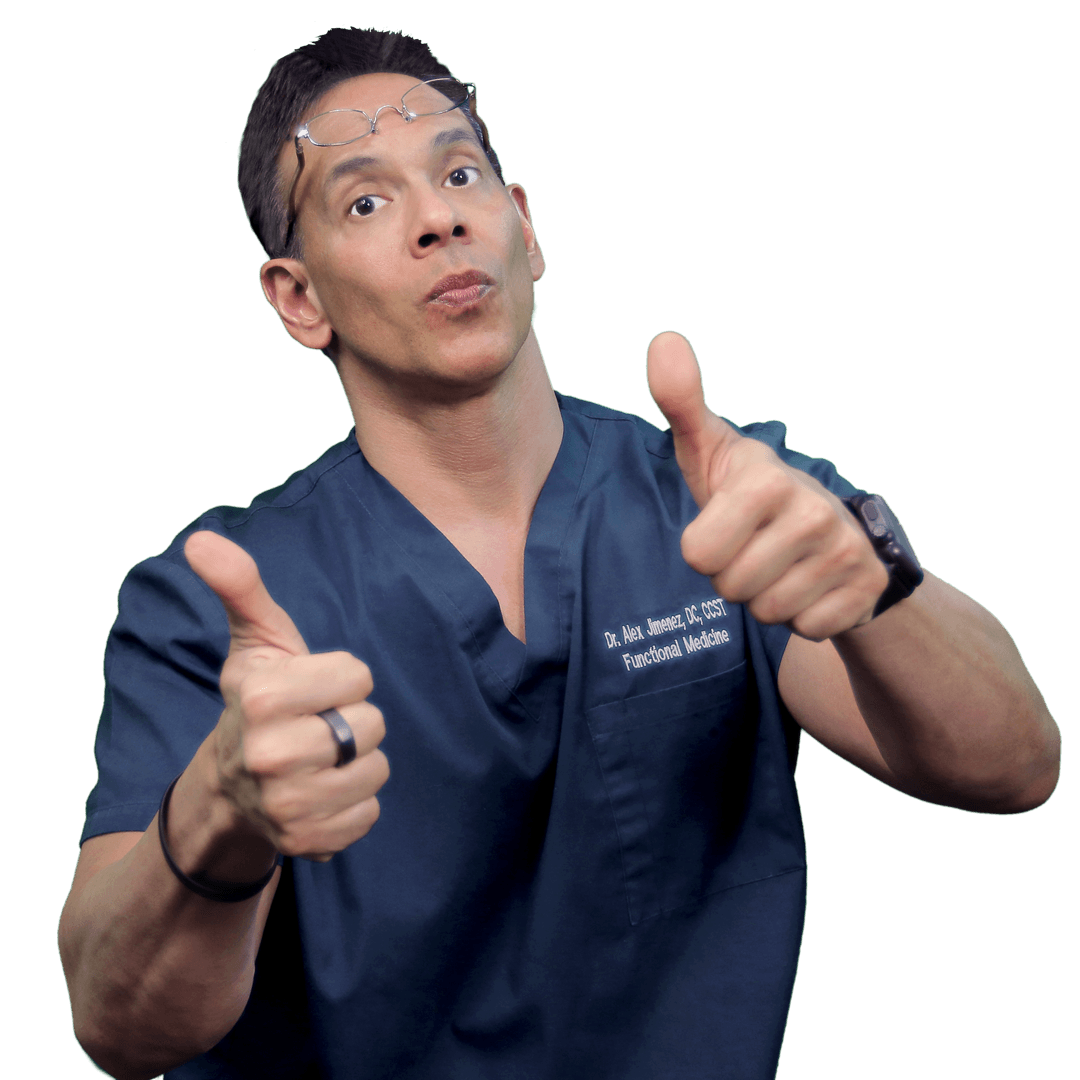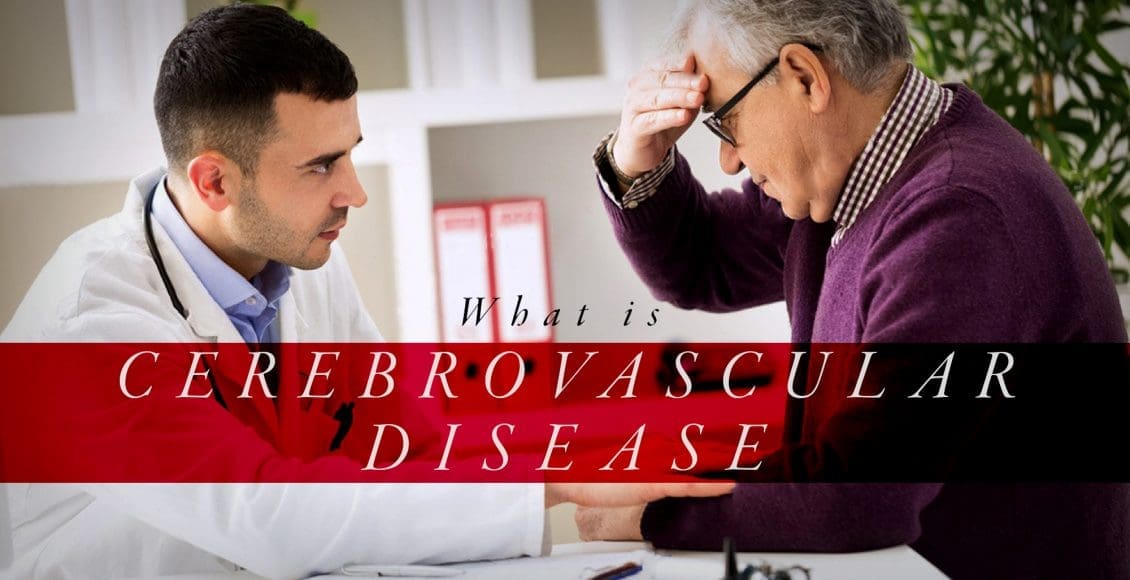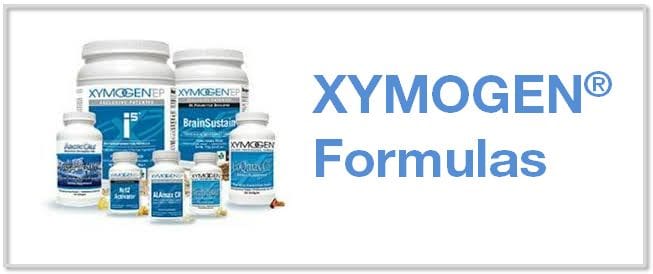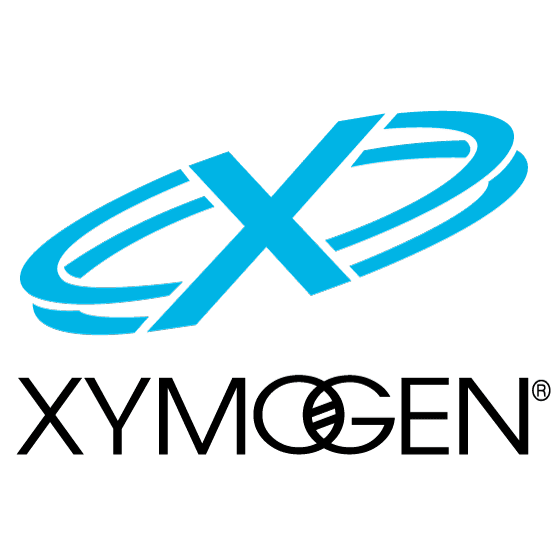Cerebrovascular disease is characterized as a group of diseases, conditions, and disorders which ultimately affects the blood vessels and the blood supply to the human brain. Brain damage can occur when a blockage, malformation, or hemorrhage prevents the brain cells from receiving enough oxygen. Cerebrovascular disorders can include stroke, transient ischemic attack or TIA, aneurysm, and vascular malformation. Â
Cerebrovascular disease can develop due to a variety of health issues, such as atherosclerosis, where the arteries become narrow; thrombosis or embolic arterial blood clot, which is a blood clot in an artery of the brain; or cerebral venous thrombosis, which is a blood clot in a vein of the brain. Â
In the United States, cerebrovascular disease is one of the most common causes of death. In 2017, it caused about 44.9 deaths per 100,000 individuals or 146,383 deaths in total. Fortunately, people can decrease their risk of developing cerebrovascular disease. In the following article, we will describe the types, the symptoms, the diagnosis, and the treatment for cerebrovascular disease and how to prevent them. Â
Table of Contents
Cerebrovascular Disease Symptoms
The symptoms of cerebrovascular disease are commonly based on the region of the health issue and its effect on the brain. Â
Different types of cerebrovascular disease may have different symptoms, however, common symptoms can include: Â
- a severe and sudden headache
- hemiplegia or paralysis on one side of the human body
- weakness on one side, also known as hemiparesis
- confusion
- difficulty communicating, including slurred speech
- losing vision on one side
- loss of balance
- becoming unconscious
Emergency Response
The American Stroke Association promotes the public knowledge of the F.A.S.T. acronym as a way to help people recognize the warning signs of a stroke or any other type of cerebrovascular disease to take action immediately, including: Â
- face drooping
- arm weakness
- speech difficulty
- time to call 911
Immediate medical attention is fundamental if anyone demonstrates symptoms of a cerebrovascular disease attack because these may ultimately have long-term effects if not treated immediately, such as cognitive impairment and paralysis. Â
Â
Types of Cerebrovascular Disease
Stroke, TIA, and subarachnoid hemorrhage are several types of cerebrovascular disease. Aneurysms and hemorrhages may cause acute health issues. Blood clots can affect the brain directly or indirectly from other regions of the human body. Â
Ischemic Stroke
Ischemic strokes occur when a blood clot or atherosclerotic plaque blocks a blood vessel which supplies blood to the brain. A clot or thrombus may develop in a narrow artery. A stroke occurs when a blood supply deficiency causes brain cell death. Â
Embolism
An embolic stroke is the most common type of ischemic stroke. An embolism occurs when a clot breaks off from another region in the human body and travels to the brain and blocks a smaller artery. People who have arrhythmias, which are health issues associated with irregular heart rhythm, are more vulnerable to developing an embolism as well as other health issues. Â
A tear in the lining of the carotid artery, which is found in the neck, can ultimately cause an ischemic stroke. The tear allows blood circulation to flow between the layers of the artery, reducing blood flow to the brain, and causing it to become narrow. Â
Hemorrhagic Stroke
Hemorrhagic strokes occur when a blood vessel in part of the brain weakens and pops open, causing blood to flow into the brain. The leaking blood puts pressure on the brain tissue, causing edema, which can ultimately damage brain tissue. The hemorrhage may cause parts of the brain to lose their supply of oxygen-rich blood, causing a variety of other health issues. Â
Cerebral Aneurysm or Subarachnoid Hemorrhage
A cerebral aneurysm or subarachnoid hemorrhage can occur due to structural health issues associated with the blood vessels of the brain. An aneurysm is a bulge which in the arterial wall which may rupture and bleed. A subarachnoid hemorrhage occurs when a blood vessel ruptures and bleeds between two membranes in the brain, damaging brain cells. Â
Cerebrovascular Disease Causes
Cerebrovascular disease develops due to a variety of factors. If damage occurs to a blood vessel in the brain, it won’t be able to deliver enough or any blood to the necessary region of the brain. The deficiency of blood can affect the delivery of oxygen and brain cells can begin to die. Brain damage is irreversible. Â
Immediate medical attention is fundamental to decrease a person’s risk of long-term brain damage and increase their chances of survival. Atherosclerosis is a key cause of cerebrovascular disease. This occurs when cholesterol levels, as well as inflammation in the brain’s arteries, cause cholesterol to build-up. This plaque may restrict or completely obstruct blood circulation into the brain, causing a cerebrovascular disease attack, including a stroke or TIA. Â
Risk Factors
Stroke is the most common type of cerebrovascular disease. The risk of stroke increases with age, especially if a person or their close relatives have previously had a cerebrovascular disease attack. The risk doubles every 10 years, between 55 and 85 years of age. However, a stroke can occur at any age, even during infancy. Â
Factors which increase the risk of stroke and other types of cerebrovascular disease include: Â
- hypertension, which the American College of Cardiology defines as blood pressure of 130/80 mm Hg or higher
- smoking
- obesity
- poor diet and lack of exercise
- diabetes
- blood cholesterol levels of 240 milligrams per deciliter (mg/dl) or higher
The same factors can increase a person’s risk of developing a cerebral aneurysm. However, people with a congenital anomaly or previous head trauma may also be at risk of developing a cerebral aneurysm. Pregnancy can also increase the risk of developing cerebral venous thrombosis which is a blood clot affecting a vein in the human brain. Â
Other risk factors of cerebrovascular disease include: Â
- Moyamoya disease, a progressive condition which causes a blockage of the cerebral arteries and their major branches
- venous angiomas, which affect around 2 percent of the U.S. population and rarely bleed or cause symptoms
- a vein of Galen malformation, an arterial disorder which develops in a fetus during pregnancy
Certain drugs and/or medication, as well as other health issues, can make the blood more likely to clot and also increase the risk of ischemic stroke. Hormone replacement therapy or HRT may also increase the risk of a cerebrovascular disease attack in people who currently have atherosclerosis or carotid artery disease, among other health issues. Â
Cerebrovascular Disease Diagnosis
Any cerebrovascular disease can be considered a medical emergency and anybody who recognizes the symptoms must contact 911 for support and evaluation. Early diagnosis is fundamental to reduce brain damage. In the clinic, a doctor will ask about the person’s medical history and search for specific neurological, motor, and sensory health issues, including: Â
- changes in vision or visual fields
- reduced or altered reflexes
- abnormal eye movements
- muscle weakness
- decreased sensation
A doctor may also utilize a cerebral angiography, vertebral angiogram, or carotid angiogram to identify a vascular abnormality, such as a blood clot or a blood vessel health issue. These include injecting dye to demonstrate any clots as well as their size and form on MRI or CT imaging. Â
A CAT scan will also help a doctor diagnose hemorrhagic strokes as it can distinguish between blood, bone, and brain tissue. However, it does not reveal damage from an ischemic stroke in the first phases. An MRI scan may detect early-stage strokes. An electrocardiogram (EKG or ECG) may diagnose cardiac arrhythmia which is a risk factor for embolic strokes. Â
Â
Cerebrovascular Disease Treatment
A cerebrovascular disease requires emergency treatment. Rapid diagnosis and treatment are crucial because a person must receive stroke drugs and/or medications from the beginning of their symptoms. In the case of an acute stroke, the emergency group may administer a medicine known as tissue plasminogen activator (tPA) which breaks up the blood clot. Â
A neurosurgeon must evaluate a person who has had a brain hemorrhage. They may perform surgery to decrease the pressure which bleeding causes in the brain. A carotid endarterectomy involves making an incision in the carotid artery and removing the plaque. This allows blood to flow again. The surgeon then repairs the artery with sutures or a graft. Â
Several patients may need carotid angioplasty and stenting which involves a doctor inserting a balloon-tipped catheter into the artery so that the artery reopens when they inflate the balloon. Then, the doctor matches a slim, metal mesh tube, or stent, within the carotid artery to improve blood flow in the formerly blocked artery. The stent helps to prevent the artery from closing-up or collapsing following the procedure.
Cerebrovascular Disease Rehabilitation
Because a cerebrovascular disease attack can cause irreversible brain damage, people can experience temporary or permanent disability. For this reason, they may require a variety of supportive and rehabilitative treatments so that they can keep as much function as possible. These may ultimately include: Â
- Physical therapy: The goal is to restore mobility, flexibility, and upper and/or lower extremity function.
- Speech therapy: This helps improve communication and regain speech after a stroke or cerebrovascular disease attack.
- Occupational therapy: This can help access facilities which support a return to work and daily life.
- Psychological therapy: Physical disability can create unexpected emotional demands and often requires intensive readjustment. A person may benefit from visiting a psychiatrist, psychologist, or counselor after experiencing a cerebrovascular disease attack if they feel overwhelmed.
Cerebrovascular Disease Prevention
Techniques and methods which can ultimately help reduce the risk of cerebrovascular disease include: Â
- no smoking
- getting at least 150 minutes of moderate to intense exercise and/or physical activity every week
- eating a balanced diet which supports vascular health, such as the DASH diet
- maintaining a healthy body weight
- managing blood cholesterol and blood pressure with diet as well as drugs and/or medications, if necessary
People with heart arrhythmia should seek immediate medical attention from a healthcare professional and discuss whether they should be taking a blood thinner to prevent strokes. Â
Stroke and other cerebrovascular diseases may lead to death but with immediate medical attention, a partial or full recovery is possible. Patients with cerebrovascular disease should follow their healthcare professional’s instructions and lifestyle modifications to ultimately help decrease the prospect of a cardiovascular disease attack. Â
Decreasing the Risk of Stroke
Taking blood platelet inhibitors, including, Dipyridamole, Ticlopidine, and clopidogrel, can decrease the chance of stroke before it occurs. These can help prevent stroke in people who have a medical history or higher prospect of experiencing a cerebrovascular disease attack. Â
Doctors recommended people to take a daily dose of aspirin to decrease the chance of a heart attack or stroke. However, current guidelines recommend people to take aspirin only if they’re at risk of experiencing cardiovascular disease because aspirin increases the risk of bleeding. Â
Doctors prescribe statins to manage high cholesterol levels and reduce the risk of ischemic stroke and heart attack. Â

As previously mentioned above, cerebrovascular disease is identified as a group of diseases, conditions, and disorders which affects the blood vessels and the blood flow supply to the human brain. There are several types of cerebrovascular diseases and their diagnosis and treatment depends on the type and severity. Prompt treatment and lifestyle modifications can improve the outlook of a patient with cerebrovascular disease. Chiropractors are qualified and experienced to help patients with cerebrovascular disease recover from their symptoms. – Dr. Alex Jimenez D.C., C.C.S.T. Insight
Diet and Exercise for Neurological Disease
The purpose of the article above is to describe cerebrovascular disease and its effect on overall health and wellness. Neurological diseases are associated with the brain, the spine, and the nerves. The scope of our information is limited to chiropractic, musculoskeletal and nervous health issues as well as functional medicine articles, topics, and discussions. To further discuss the subject matter above, please feel free to ask Dr. Alex Jimenez or contact us at 915-850-0900 . Â
Curated by Dr. Alex Jimenez Â
Additional Topic Discussion: Chronic Pain
Sudden pain is a natural response of the nervous system which helps to demonstrate possible injury. By way of instance, pain signals travel from an injured region through the nerves and spinal cord to the brain. Pain is generally less severe as the injury heals, however, chronic pain is different than the average type of pain. With chronic pain, the human body will continue sending pain signals to the brain, regardless if the injury has healed. Chronic pain can last for several weeks to even several years. Chronic pain can tremendously affect a patient’s mobility and it can reduce flexibility, strength, and endurance.
Formulas for Methylation Support
XYMOGEN’s Exclusive Professional Formulas are available through select licensed health care professionals. The internet sale and discounting of XYMOGEN formulas are strictly prohibited.
Proudly, Dr. Alexander Jimenez makes XYMOGEN formulas available only to patients under our care.
Please call our office in order for us to assign a doctor consultation for immediate access.
If you are a patient of Injury Medical & Chiropractic Clinic, you may inquire about XYMOGEN by calling 915-850-0900.
For your convenience and review of the XYMOGEN products please review the following link.*XYMOGEN-Catalog-Download Â
* All of the above XYMOGEN policies remain strictly in force. Â
Â
Post Disclaimer
Professional Scope of Practice *
The information herein on "What is Cerebrovascular Disease?" is not intended to replace a one-on-one relationship with a qualified health care professional or licensed physician and is not medical advice. We encourage you to make healthcare decisions based on your research and partnership with a qualified healthcare professional.
Blog Information & Scope Discussions
Welcome to El Paso's Premier Wellness, Personal Injury Care Clinic & Wellness Blog, where Dr. Alex Jimenez, DC, FNP-C, a Multi-State board-certified Family Practice Nurse Practitioner (FNP-BC) and Chiropractor (DC), presents insights on how our multidisciplinary team is dedicated to holistic healing and personalized care. Our practice aligns with evidence-based treatment protocols inspired by integrative medicine principles, similar to those found on this site and our family practice-based chiromed.com site, focusing on restoring health naturally for patients of all ages.
Our areas of multidisciplinary practice include Wellness & Nutrition, Chronic Pain, Personal Injury, Auto Accident Care, Work Injuries, Back Injury, Low Back Pain, Neck Pain, Migraine Headaches, Sports Injuries, Severe Sciatica, Scoliosis, Complex Herniated Discs, Fibromyalgia, Chronic Pain, Complex Injuries, Stress Management, Functional Medicine Treatments, and in-scope care protocols.
Our information scope is multidisciplinary, focusing on musculoskeletal and physical medicine, wellness, contributing etiological viscerosomatic disturbances within clinical presentations, associated somato-visceral reflex clinical dynamics, subluxation complexes, sensitive health issues, and functional medicine articles, topics, and discussions.
We provide and present clinical collaboration with specialists from various disciplines. Each specialist is governed by their professional scope of practice and their jurisdiction of licensure. We use functional health & wellness protocols to treat and support care for musculoskeletal injuries or disorders.
Our videos, posts, topics, and insights address clinical matters and issues that are directly or indirectly related to our clinical scope of practice.
Our office has made a reasonable effort to provide supportive citations and has identified relevant research studies that support our posts. We provide copies of supporting research studies upon request to regulatory boards and the public.
We understand that we cover matters that require an additional explanation of how they may assist in a particular care plan or treatment protocol; therefore, to discuss the subject matter above further, please feel free to ask Dr. Alex Jimenez, DC, APRN, FNP-BC, or contact us at 915-850-0900.
We are here to help you and your family.
Blessings
Dr. Alex Jimenez DC, MSACP, APRN, FNP-BC*, CCST, IFMCP, CFMP, ATN
email: coach@elpasofunctionalmedicine.com
Multidisciplinary Licensing & Board Certifications:
Licensed as a Doctor of Chiropractic (DC) in Texas & New Mexico*
Texas DC License #: TX5807, Verified: TX5807
New Mexico DC License #: NM-DC2182, Verified: NM-DC2182
Multi-State Advanced Practice Registered Nurse (APRN*) in Texas & Multi-States
Multistate Compact APRN License by Endorsement (42 States)
Texas APRN License #: 1191402, Verified: 1191402 *
Florida APRN License #: 11043890, Verified: APRN11043890 *
License Verification Link: Nursys License Verifier
* Prescriptive Authority Authorized
ANCC FNP-BC: Board Certified Nurse Practitioner*
Compact Status: Multi-State License: Authorized to Practice in 40 States*
Graduate with Honors: ICHS: MSN-FNP (Family Nurse Practitioner Program)
Degree Granted. Master's in Family Practice MSN Diploma (Cum Laude)
Dr. Alex Jimenez, DC, APRN, FNP-BC*, CFMP, IFMCP, ATN, CCST
My Digital Business Card
RN: Registered Nurse
APRNP: Advanced Practice Registered Nurse
FNP: Family Practice Specialization
DC: Doctor of Chiropractic
CFMP: Certified Functional Medicine Provider
MSN-FNP: Master of Science in Family Practice Medicine
MSACP: Master of Science in Advanced Clinical Practice
IFMCP: Institute of Functional Medicine
CCST: Certified Chiropractic Spinal Trauma
ATN: Advanced Translational Neutrogenomics







 Again, We Welcome You.
Again, We Welcome You.
Comments are closed.